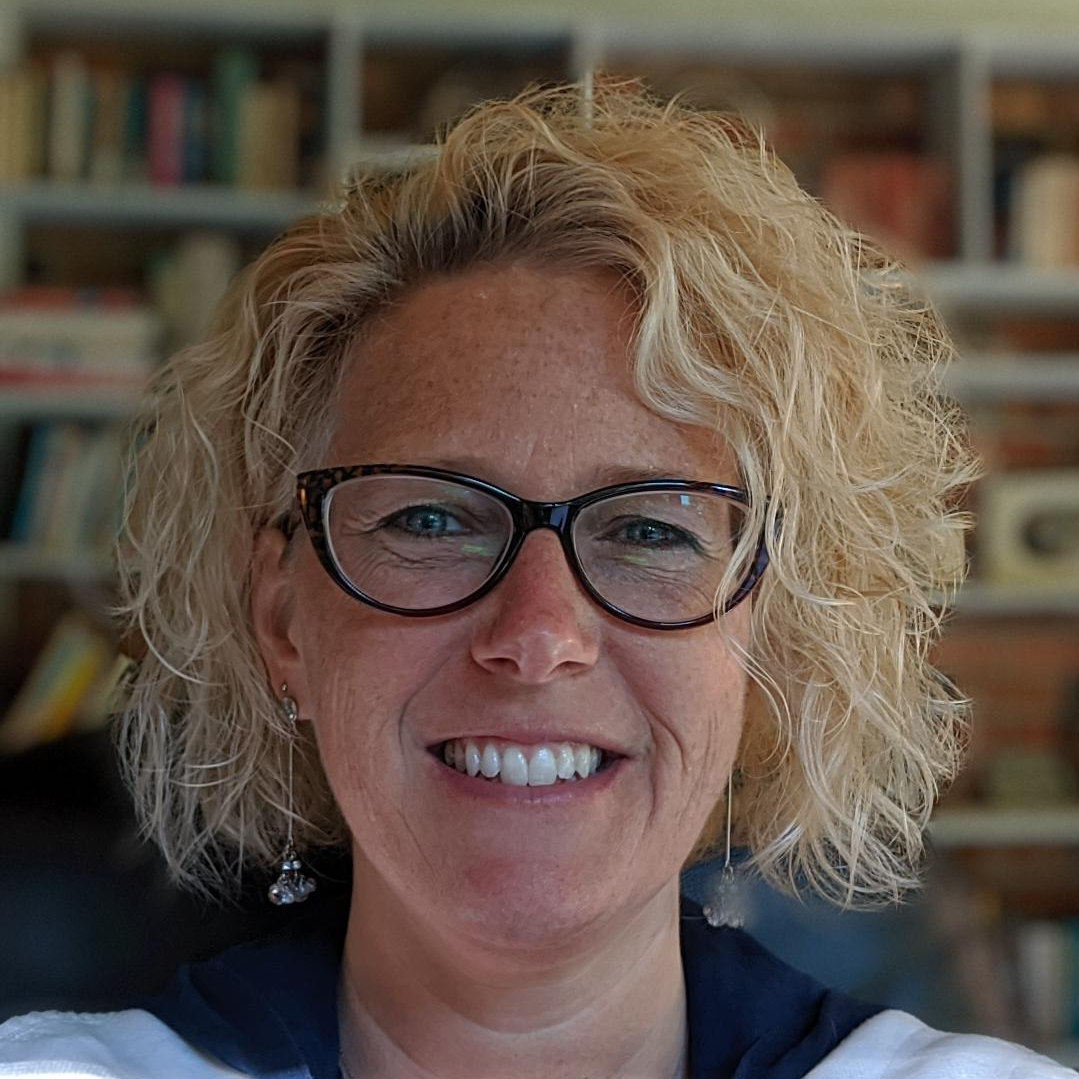It’s all about the mission, isn’t it? As school leaders and educators, we come back to it all the time, seeking to keep our decisions tied to our school’s mission. It is, after all, why we do what we do. We seek to employ teachers whose thoughts and ideas align with our school’s mission. We plan activities and community outreach on the basis of what our mission statement declares is true about our school. We train and discipline our students in ways that uphold the school’s foundational mission. So, how is our mission important to curriculum planning?
I did a brief survey of several schools to examine each of their mission statements, and I would like you to take a look at them with me:
- “Foundation Academy… partners with families and the church to build a firm foundation for life through Christ-centered education.” (Foundation Academy, Winter Garden, FL)
- “To bring people closer to Christ, Parkersburg Catholic Schools fosters relationships with family, community and all people through service, education excellence and faith formation.” (Parkersburg Catholic Schools, Parkersburg, WV)
- “Pine Forge Academy, a co-educational Seventh-day Adventist school, serves grades 9 through 12. It is committed to providing a Christ-centered curriculum in a safe caring environment, to prepare students spiritually, intellectually, physically, and socially for service to God and man.” (Pine Forge Academy, Pine Forge, PA)
- “Working as a community of parents, staff, and children together we foster Christ-like qualities in all we pursue: spiritual growth, academic excellence, physical, emotional, and social development.” (Shepherd of the Hills Lutheran School, San Antonio, TX)
Notice a few themes that run throughout each of these mission statements: (1) They seek to form a big-picture view of education. (2) They point to the formation of students, which does not end when students graduate from school. (3) They each recognize that education must encapsulate all aspects of student growth. I would venture to guess that these key concepts play a major role in your school’s mission statement as well. If these things are true at the very essence of why we do what we do, then they really ought to shape our curricular decisions and plans.
Because our mission statement leans into the big-picture focus of our students’ education, our curriculum planning has to be big-picture focused too. As teachers, it’s really easy to dwell in the nitty-gritty of daily lesson planning. That’s because it’s where we live, isn’t it? And those lesson plans are essential: we need the detailed plans to keep us on track with the daily educational needs of our students. But the school’s mission statement ought to remind us to lift our eyes from what’s happening this Thursday afternoon during seventh grade math class. It should serve as a reminder of what our big-picture goal is, not only in teaching the seventh grade math course, but in acting as an essential part of the math department, and ultimately being just one aspect of the school-wide curriculum. Curriculum planning can help us see that our instruction in the classroom is part of a much larger whole, and thus our instruction has greater relevance to our students and should be filled with a greater sense of purpose.
A quick look at your school’s mission statement will also reveal that the mission doesn’t ultimately apply just to the brief stretch of time that your students attend your school. Your school is seeking to prepare students for life. That’s a big goal. If we see it as a necessary part of our school’s existence to ready our students for what comes next, then we know that our instruction needs to incorporate much more than just rote memorization of facts and repetitive practice of skills. These aspects of teaching do have their value; however, we need to look at our curriculum as a whole with an eye for how we can bring true understanding to life in our students’ minds and hearts. Grant Wiggins reminds us, “The challenge of teaching for understanding is largely the challenge of making the big ideas… big in the mind of the learner.” Our curriculum planning can help us reflect this essential need expressed in the mission statement by forcing us to think about our students’ needs beyond the space of time they are in our classroom. As we plan, we can ask ourselves, How does this unit relate to what my students will experience when they leave this school? How can I show the lifelong relevance of these concepts?
Notice that your school’s mission statement is also focused on all aspects of a student’s education. Yes, the courses you teach are just part of their education, but let the mission statement help you lift your eyes again to the essence of your school as a whole. Your curricular planning could tackle this goal of multifocal education in many ways. Perhaps it means making plans to reach outside of your textbook and pull in resources that will place the concepts you are teaching in a broader context. Maybe it means you will take a look at other teachers’ curriculum plans and determine how you can integrate instruction between courses. It could be as simple as directing student thought and discussion beyond the basic concept to how they will see its truth and reality play out in other disciplines. It is important that we do not miss the significance of the fact that the well-rounded student our school hopes to graduate is shaped and formed largely under our care and instruction in cooperation with any other educational opportunities they encounter at our school. Thus, our curriculum planning must also be shaped and formed with great care.
We must continually come back to this: It’s all about the mission. How will you keep the missional focus of your school at the forefront of your thinking and planning? How will you use its foundational expression to shape the decisions you make as you plan your curriculum? At the end of the day, you need to plan your curriculum so that your seventh grade math class will walk away with a sense that what you are teaching is part of a bigger picture, that you care immensely about their lives (even beyond their time in your classroom and at your school), and that you are seeking to broaden their scope of thinking and understanding in all areas of life.




